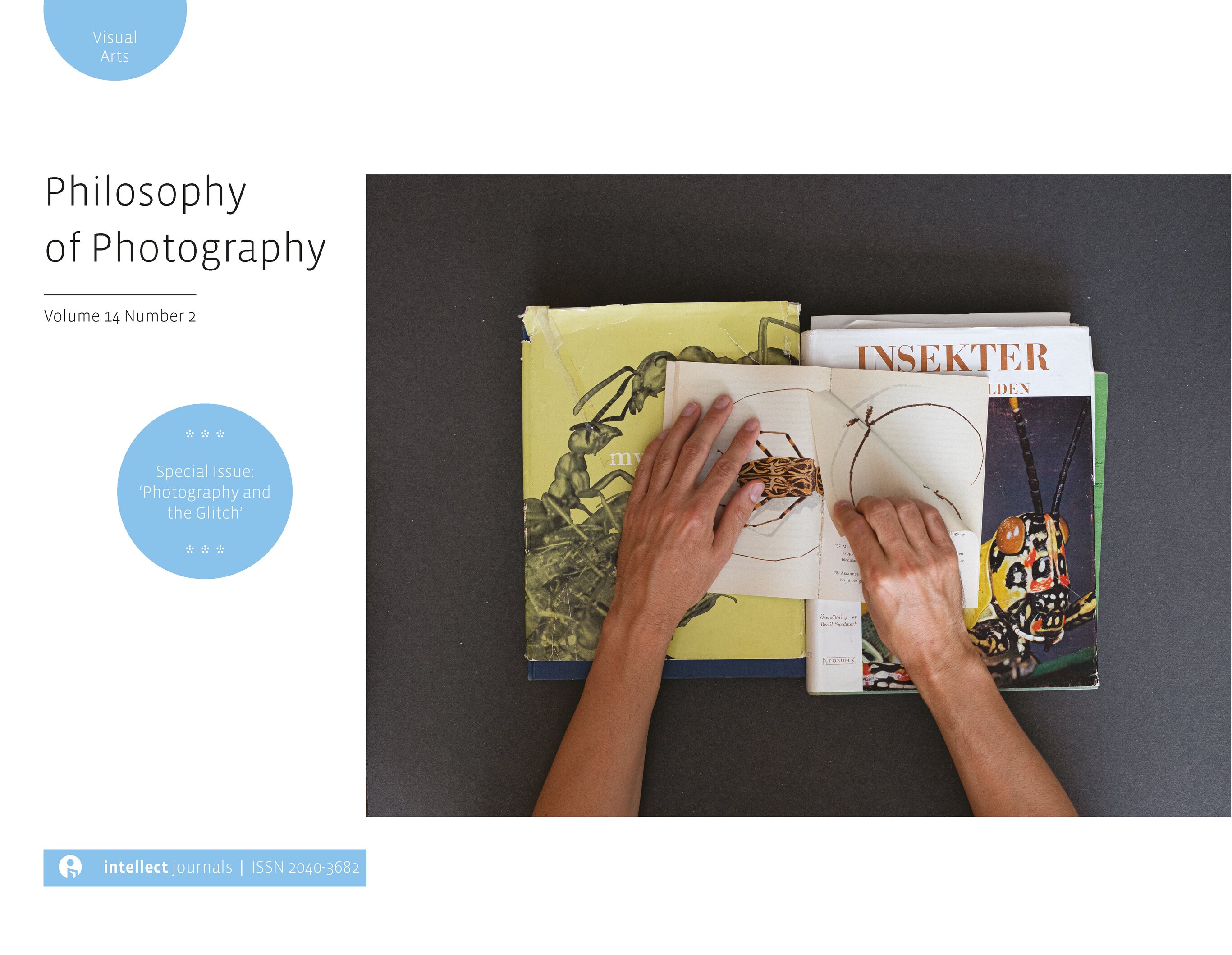
Full text loading...

Rosa Menkman proposed that the concept of glitch should be considered a tipping point, a momentum, that can be seized, in which the power of subjectivity and the collaborative efforts of creators and the active spectators take centre stage. This article will discuss how in the last decades the glitch as noise and techne has shifted towards glitch as precarious aesthetics and how it has become associated with decolonial and feminist modes of critique. While the glitch is still seen as a material, a techne, there is a resistant aesthetics of mutiny, a tactical revolt of the material that is confronting systemic standardization, bias and institutionalization. As presented in the exhibition VJ Um Amel, Beit Um Amel (2020), the technologically induced phenomena are analogous with the crises and states of emergency in various global infrastructures, systems and information channels.

Article metrics loading...

Full text loading...
References


Data & Media loading...

Publication Date:
https://doi.org/10.1386/pop_00084_1 Published content will be available immediately after check-out or when it is released in case of a pre-order. Please make sure to be logged in to see all available purchase options.